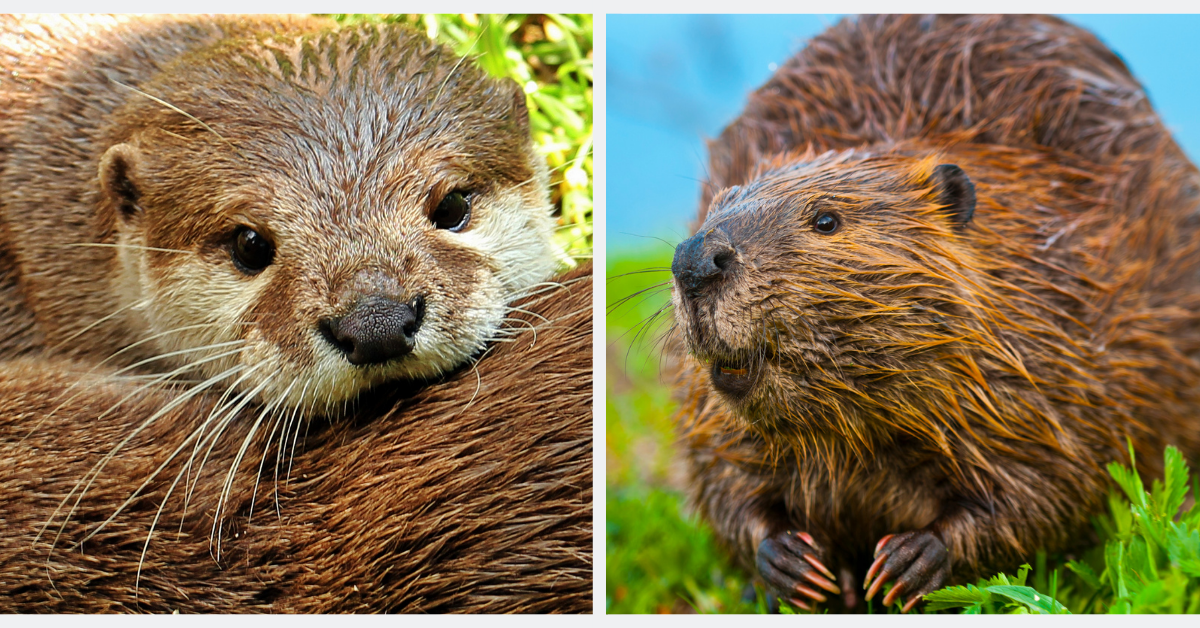
In the animal kingdom, clashes between species are common. Among contenders, the rhino and hippo stand out for their size and strength. This article explores the comparison of these creatures and who would win in a face-off. Body size, weight, bite force, speed, and agility are crucial factors. Additionally, diet, reproduction, life expectancy, and conservation status will be discussed.




